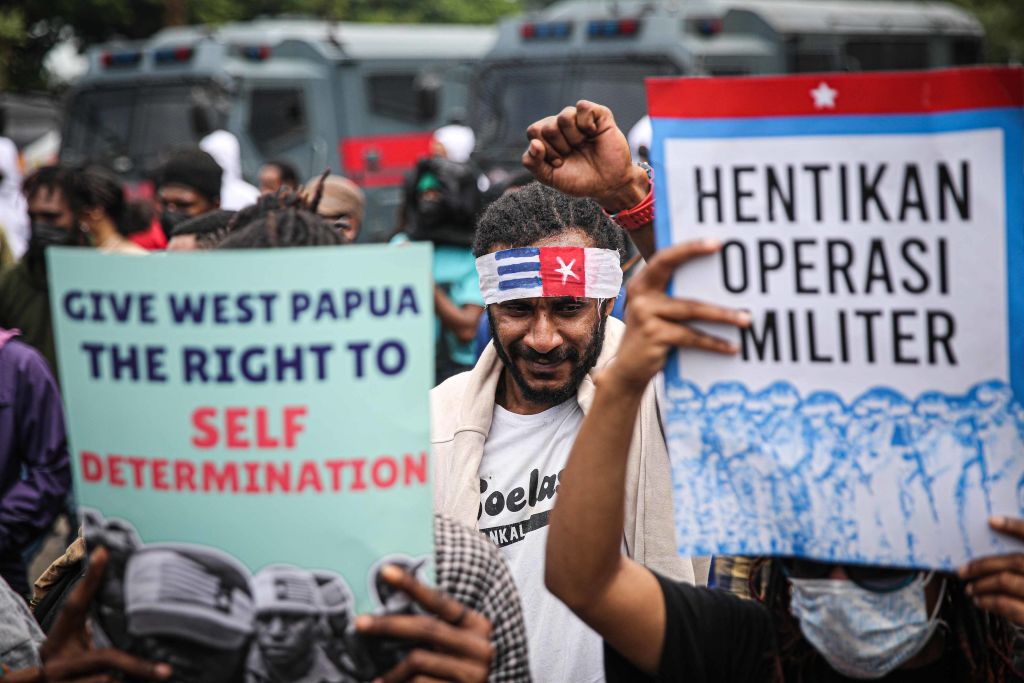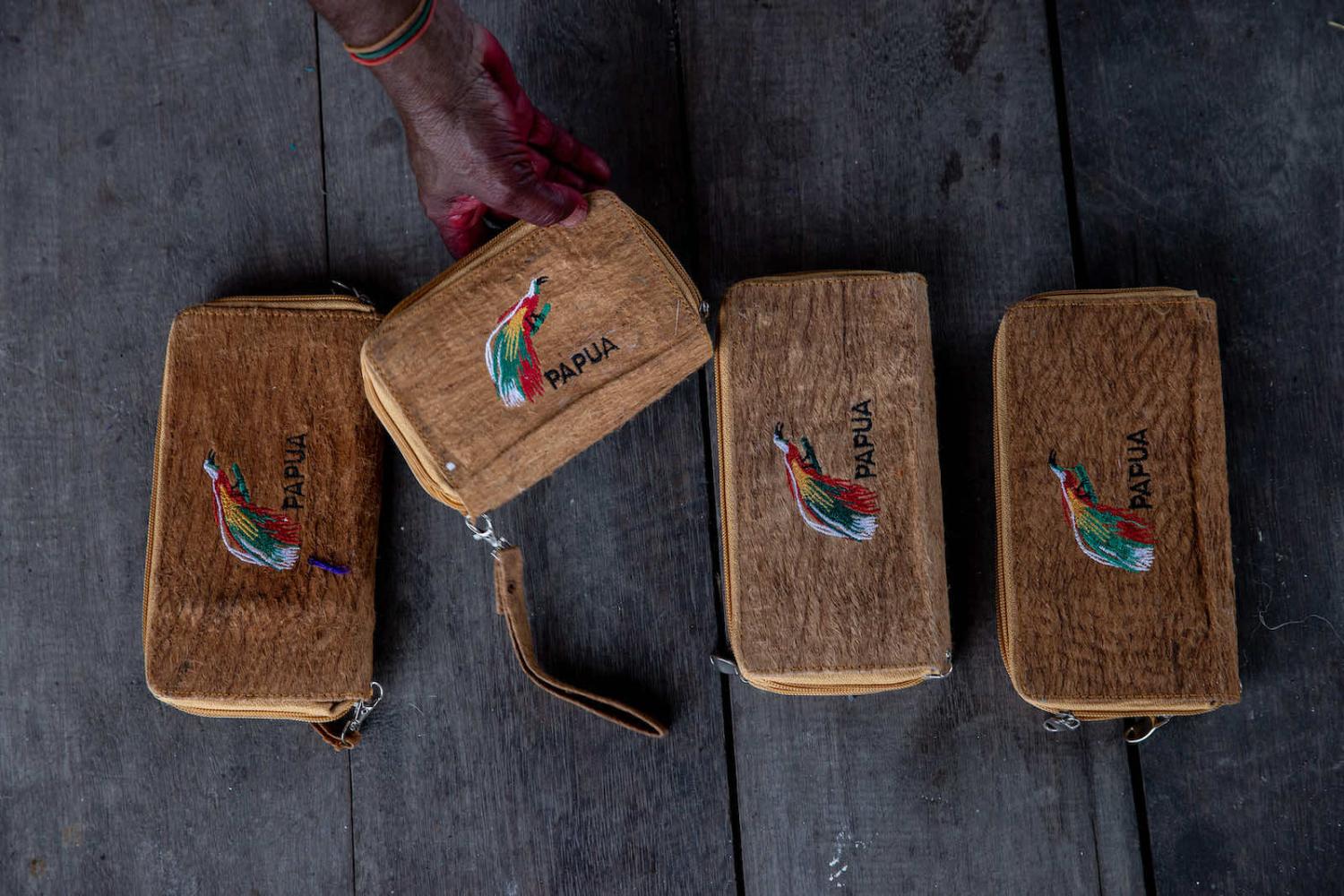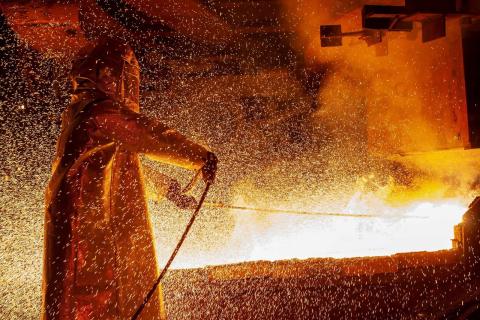On 12 April, the Indonesian parliament announced plans to establish three new provinces in West Papua. Currently, the western part of the island of New Guinea consists of two provinces: West Papua Province and Papua Province. The plan is to break down these two administrative regions into five, with the addition of the South Papua Province, Central Papua Province, and the Papua Central Highlands Province.
These designs for proliferation have ramifications far beyond altering arbitrary lines on a map. The creation of new administrative districts entails the necessity to establish government apparatus, set up military posts, and construct new infrastructure – all of which might exacerbate violent conflict in the region.
Not long ago, Indonesia’s recently-appointed Commander of Armed Forces General Andika Perkasa proposed a novel, “humanist” approach to handling political conflicts in West Papua. Rather than clamping down harder on armed combatants with gunfire, he has declared an aim to gradually resolve conflict by “territorial development operations”, involving the deployment of personnel to carry out teaching, healthcare and infrastructure-building missions to establish rapport with local Papuan communities, hoping to steer them away from the independence cause.
That so many indigenous West Papuans expressed their disdain against renewing the Special Autonomy status … is a sign that something has gone horribly wrong.
Aside from the fact that relations between Indonesian armed forces and Papuan people might have already soured to the point of being irreparable, what is omitted from Perkasa’s plans is that these operations require a lot more troops than those that are presently stationed in West Papua. Just one month after his appointment, Perkasa announced his plans to establish an additional eight military district commands (Kodim) in the region, an increase from 22 to 30. It is estimated that each Kodim consists of 700–900 personnel, meaning an additional 6,400 armed troops in what is already the most heavily-militarised area in Indonesia.
Consequently, establishing new provinces might also entail the proliferation of new military regions (Kodam) at the provincial level to coordinate the numerous Kodim on cities and regencies, meaning that even more military personnel are required to fill out posts on every different administrative levels. While under the new strategy these troops are expected to mostly carry out civic duties instead of being engaged in physical combat, the number of armed conflicts between the Indonesian military and West Papua National Liberation Army have increased in recent years along with the growing number of troops deployed in West Papua.
The arbitrarily divided administrative regions could also exacerbate what have been recognised by senior Papuan political activists as violent disputes between local tribes.

From a purely technocratic standpoint, breaking down the region into smaller, more manageable administrative areas is presented as a catalyst to promote good governance and induce development. Plans for proliferation were already introduced by amending the Papuan Special Autonomy Bill in 2021. Among other changes, the amendment will increase the allocation of the Special Autonomy Fund to Papuan Provinces from 2 to 2.25 per cent of the national General Allocation Fund (GAF). The government had also extended the revenue-sharing framework for oil and gas enterprises in West Papua, where the local government receives 70 per cent of the revenue, from 2026 to 2041.
Ever since the Special Autonomy Law for Papua (Otsus) was introduced in 2001, the region has indeed seen noticeable improvements. Although the 2021 Human Development Index still ranks the provinces of Papua (60.62) and West Papua (65.26) to be the lowest in the country, their overall growth from 2010 to 2019 surpassed the Indonesian national average of 0.53 points per year. The gulf between development within West Papua and the rest of the country was very large to begin with but has been catching up.
Yet the grievances of indigenous Papuan people go beyond these quantifiable improvements. In its heyday, the 2001 Otsus was dubbed the “prosperity approach”, where the central government in Jakarta funded projects in the region by mostly building infrastructure, such as roads. However, these funds ended up fuelling tensions as military presence became even more pronounced in their role of safeguarding construction work and business ventures such as mining and plantations.
Furthermore, the implementation of the Special Autonomy Law has largely ignored the political rights of West Papuans to self-govern. One key facet of the original bill was the formation of the Papuan People’s Assembly (MRP), a coalition of Papuan tribal chiefs tasked with arbitration and speaking on behalf of indigenous Papuans. While MRP’s role has largely been consultative over the years, they claim to be excluded from talks of establishing the three new provinces, with Indonesian human rights lawyer in-exile and current head of Amnesty Australia’s strategic campaigns Veronika Koman describing the move as “a product by Jakarta, for Jakarta”.
Seeing that the Indonesian government has largely bypassed mechanisms of representative democracy they set themselves, protests opposing the proliferation broke out in major Papuan cities such as Jayapura, Wamena, and Timika. Two people were killed in Yakuhimo Regency while six others were injured when security forces opened fire in March 2022. Earlier this year, a petition rejecting the Otsus amendment was circulated among local Papua residents, and managed to gather 718,179 signatures.
That so many indigenous West Papuans expressed their disdain for renewing the Special Autonomy status, even with its considerable increase in allocated regional budget, is a sign that something has gone horribly wrong. On a general level, this means that there is a fatal disconnect between how the Indonesian government view their treatment of the region, and how the people actually affected by such treatment see the arrangement.

